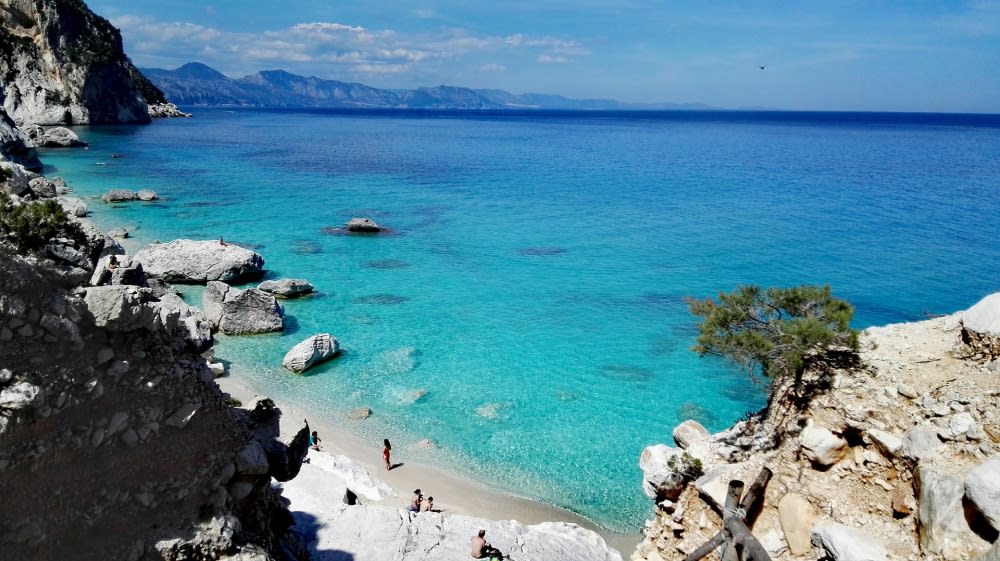Header photo credit: Nicoya Peninsula, Costa Rica, by Atanas Malamov on Unsplash
The term “Blue Zones” refers to the parts of the world where people have the longest average lifespans. Want to know how these people live well into their hundreds? Umm, yes, please.
If you’re ready to embrace the thought of being very, very old, let’s follow the lifestyle of those who, on average, are. It does involve making some dietary and lifestyle changes, but it’s actually all really quite simple.
Who’s in?
Where are the Blue Zones?
The phrase was coined by Dan Buettner, an explorer and best-selling author who, in the early 2000s, discovered five places in the world where people live the longest. He studied the habits, diets and lifestyles of the residents in the regions of Ikaria, Greece; Okinawa, Japan; Ogliastra, Sardinia (Italy); Loma Linda, California (USA); and Nicoya Peninsula, Costa Rica, to compile a series of guiding principles from those who are clearly doing things right.

Okinawa, Japan (photo credit: Jens Johnsson on Unsplash)

Ogliastra, Sardinia (photo credit: Dorisworld on Pixabay)
Tips for getting yourself in the Blue Zone (short of actually moving to one)
In his book, The Blue Zones Solution, Buettner recommends some of the following guidelines based on the Blue Zones diet:
- 95% of your food items should be plant based
- Stop eating when you’re 80% full
- Eat half a cup of beans daily
- Eat your largest meal at breakfast and your smallest meal at dinner
- Snack on a handful of nuts daily
- Cook the majority of your meals at home
- Drink alcohol moderately and regularly (1–2 glasses a day)
Best Blue Zone foods
Within The Blue Zones Solution, there is an in-depth list of food items for the Blue Zones diet. Here are the best of the longevity foods to include in your daily meals:
- beans (all types)
- greens (spinach, kale, chard, beet tops, fennel tops, collards)
- sweet potatoes
- nuts (all types)
- extra-virgin olive oil
- oats (slow-cook or Irish steel-cut)
- barley
- fruits (all types)
- green or herbal teas
- turmeric (spice or tea)
Blue Zone foods to eat less of
- meat (two times per week at most; daily fish intake)
- dairy (limit as much as possible)
- eggs (three eggs at most per week)
- sugar (limit as much as possible)
- bread (only 100% wholewheat)
Blue Zone foods to never eat
- sugar-sweetened beverages
- salty snacks
- processed meats
- packaged sweets
There are also several non-food-related guidelines such as surrounding yourself with the right people, cultivating a strong social network and close family ties along with having a purpose each day, keeping active and reducing stress.
Doesn’t sound too hard, right?
Share your thoughts on Facebook with us on whether you’ll be adopting some Blue Zone principles

